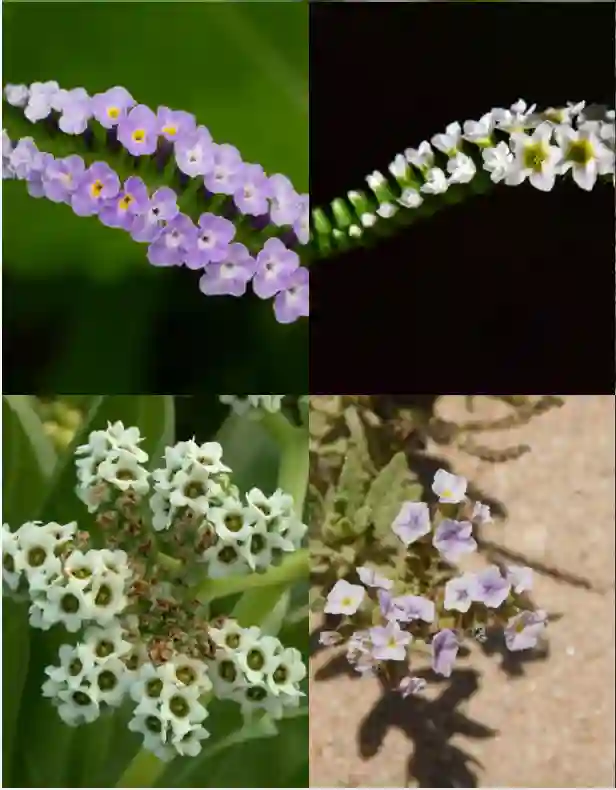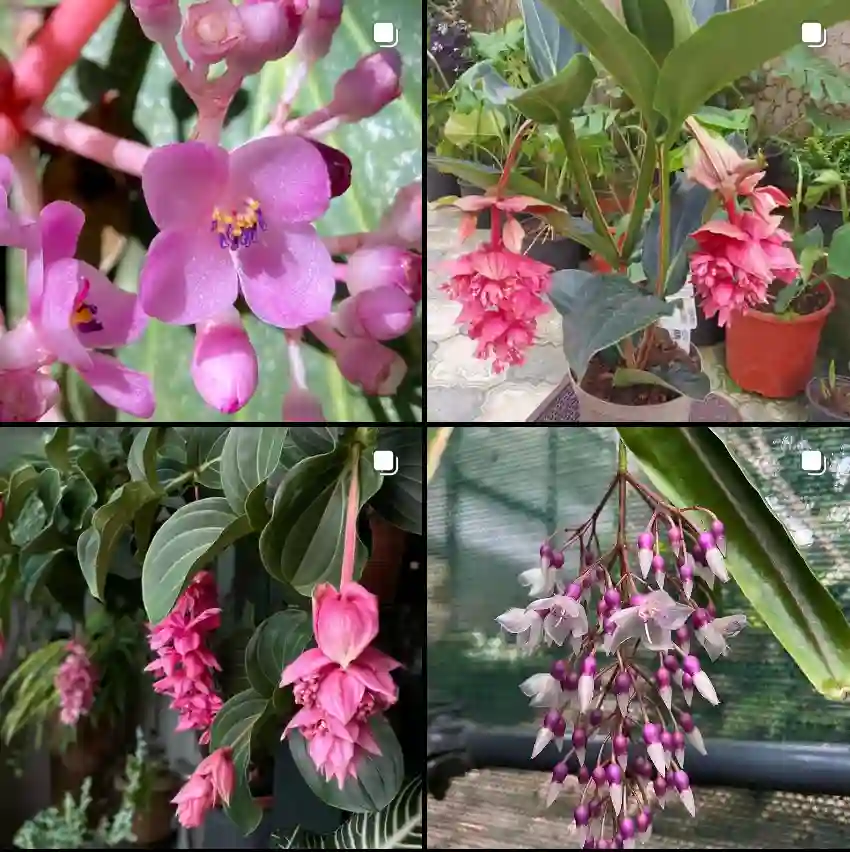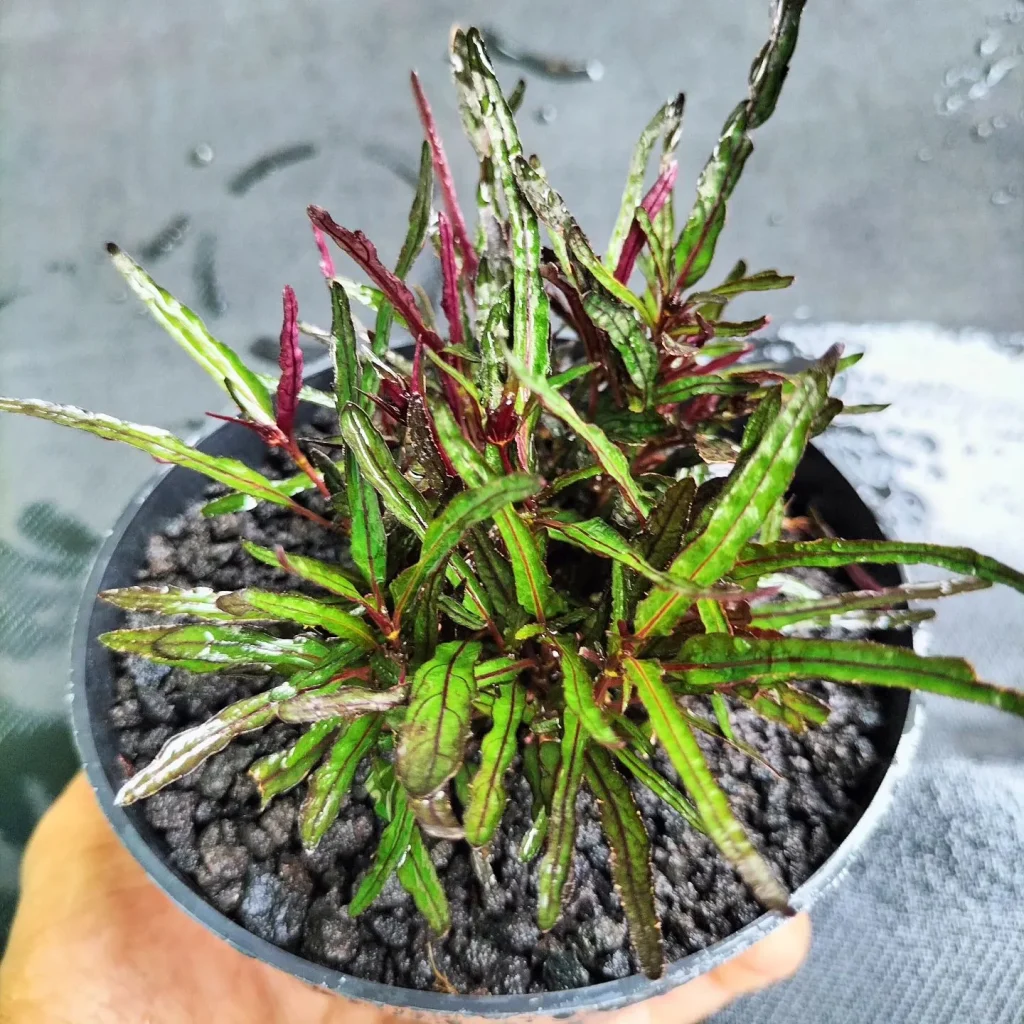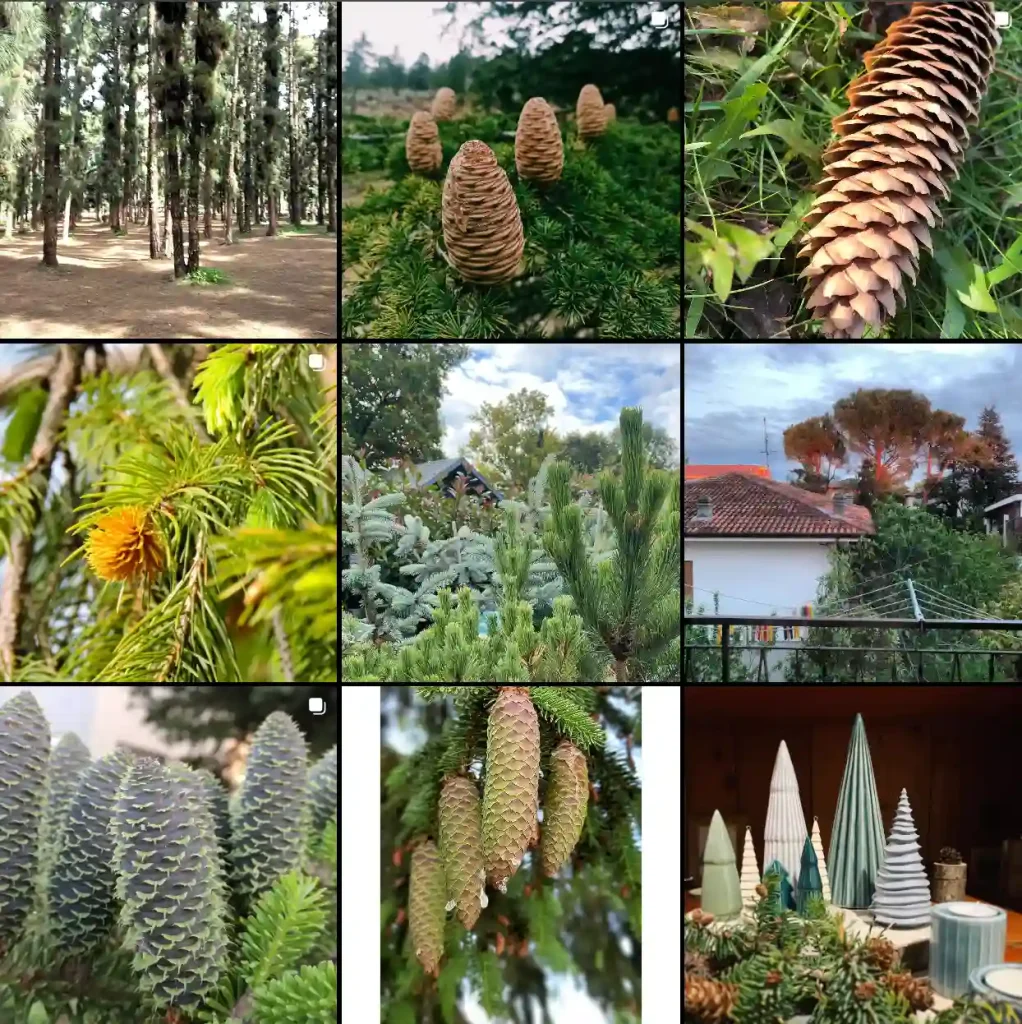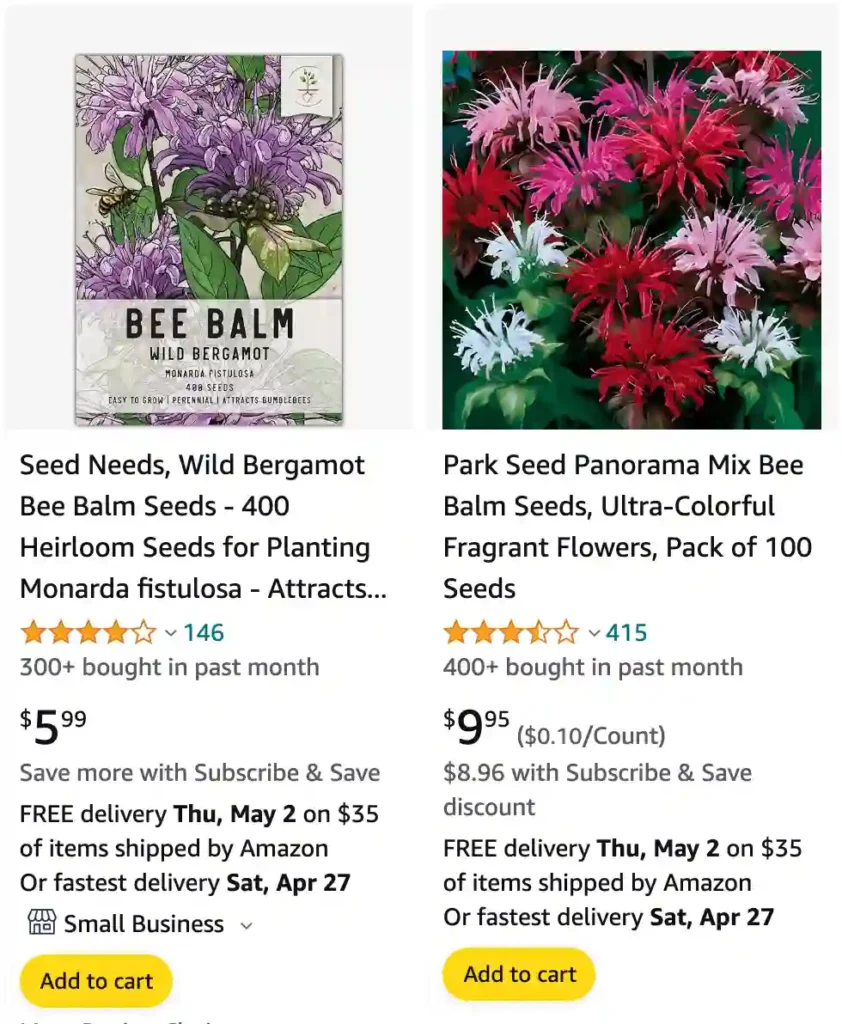
Monarda: A Gardener’s Delight
My name is Ferb Vu, and I’m an avid gardener with a particular fondness for the genus Monarda. These vibrant plants, members of the mint family (Lamiaceae), are native to North America and are a staple in many gardens, including my own. They’re known for their showy flowers, aromatic foliage, and ability to attract pollinators like bees and butterflies. I find their resilience and beauty truly captivating.
Why I Love Monarda?
What’s not to love? Monarda plants are relatively low-maintenance and add a burst of color to any garden. Their flowers, which bloom in a variety of colors from scarlet red to lavender and white, are simply stunning. The unique, spiky shape of the blooms adds an interesting texture to the landscape. And did I mention the fragrance? The leaves have a delightful minty scent, reminiscent of bergamot orange, which is why some varieties are called “wild bergamot.”
But it’s not just their aesthetics that I appreciate. Monarda plants are also incredibly beneficial for the garden ecosystem. They attract a plethora of pollinators, which helps with the overall health and productivity of my garden. Plus, they’re deer-resistant, a major bonus for those of us who struggle with these hungry visitors!
A Diverse Genus
The Monarda genus boasts a diverse range of species, each with its own unique characteristics:
- Monarda austroappalachiana Floden
- Monarda bartlettii Standl.
- Monarda bradburyana Beck
- Monarda brevis (Fosberg & Artz) Floden
- Monarda citriodora Cerv. ex Lag. Plant FAQs: Monarda Citriodora – Lemon Bee Balm
- Monarda clinopodia L.
- Monarda clinopodioides A.Gray
- Monarda didyma L. Plant FAQs: Monarda Didyma
- Monarda eplingiana Standl.
- Monarda fistulosa L. Plant FAQs: Monarda Fistulosa – Wild Bergamot
- Monarda fruticulosa Epling
- Monarda humilis (Torr.) Prather & J.A.Keith
- Monarda lindheimeri Engelm. & A.Gray
- Monarda luteola Singhurst & W.C.Holmes
- Monarda malloryi Gilly
- Monarda maritima (Cory) Correll
- Monarda media Willd.
- Monarda × medioides W.H.Duncan
- Monarda mexicana Epling
- Monarda pectinata Nutt.
- Monarda pringlei Fernald
- Monarda punctata L. Plant FAQs: Monarda Punctata
- Monarda russeliana Nutt. ex Sims
- Monarda stanfieldii Small
- Monarda viridissima Correll
Bee Balm vs Bergamot
I adore both Bee Balm and Bergamot in my garden. Bee Balm’s vibrant red flowers attract hummingbirds and butterflies, creating a lively display during summer. Its aromatic leaves are great for herbal teas too. Bergamot, with its delicate pinkish-purple blooms, has a unique citrusy scent that adds a refreshing touch to my garden. It’s a tough choice between the two, but Bee Balm’s bold color and versatility in the kitchen make it a standout for me.
Bee Balm vs Lemon Balm
Growing Bee Balm and Lemon Balm side by side has been a delight. Bee Balm, with its fiery hues and spicy fragrance, brings a burst of color and attracts pollinators like bees and butterflies. Lemon Balm, on the other hand, offers a calming lemony aroma that’s perfect for teas and cocktails. While I enjoy both, Lemon Balm’s soothing scent and versatility in herbal remedies make it a staple in my herb garden.
Bee Balm vs Butterfly Bush
Bee Balm and Butterfly Bush create quite a spectacle in my garden, each attracting a flurry of winged visitors. Bee Balm’s bright red flowers are irresistible to hummingbirds and bees, while its herbal benefits make it a multifunctional plant. Butterfly Bush, with its fragrant purple blooms, draws in butterflies by the dozen, adding a magical charm to my garden. Both are wonderful for wildlife, but the constant buzz and flutter around Bee Balm make it a standout feature for me.
Bee Balm vs Horsemint
In my garden, Bee Balm and Horsemint have distinct roles. Bee Balm’s bold red flowers and aromatic leaves are a magnet for pollinators, especially hummingbirds. Its versatility in herbal teas and culinary uses makes it a garden favorite. Horsemint, with its lavender-like spikes and minty fragrance, also attracts bees and butterflies but tends to be more resilient in dry conditions. While both add vibrancy and wildlife appeal to my garden, Bee Balm’s striking appearance and culinary potential give it a slight edge for me.
What not to plant with bee balm?
I wouldn’t plant bee balm alongside vegetables that are heavy feeders, like tomatoes or corn. They gobble up too many nutrients and might leave my bee balm a little weak. Plus, I’ve had problems in the past with herbs like mint or oregano taking over the garden bed if they’re close to the bee balm. I find they all spread like crazy and end up battling for space, so I keep those separate now. Finally, shade-lovers like hostas or ferns just don’t do well with bee balm. The bee balm gets tall and steals their sunlight, and they just don’t seem to recover from that.
How to deadhead bee balm?
Deadheading bee balm is something I learned through trial and error in my garden. After the blooms start to fade, I gently pinch off the spent flowers just below the flower head. This not only keeps the plant looking tidy but also encourages more blooms later in the season.
Is bee balm deer resistant?
In my experience, bee balm is somewhat deer resistant. While deer generally avoid it due to its strong scent and taste, I’ve noticed that in periods of extreme hunger or when deer populations are high, they might nibble on it occasionally.
Is bee balm toxic to dogs?
I’ve always been cautious about plants around my dogs, so I did some research on bee balm. It turns out, bee balm isn’t toxic to dogs, which is a relief. Still, I make sure my pets don’t munch on it too much, just in case.
What do bee balm seeds look like?
Bee balm seeds are tiny and dark-colored, almost like miniature sunflower seeds. I collect them from my own plants by waiting until the flower heads dry out and then gently shaking the seeds into a container.
Where to buy bee balm?
When I first wanted to buy bee balm, I found it at my local garden center. They usually have a good selection, and I could choose from different varieties like ‘Jacob Cline’ or ‘Raspberry Wine’.
Can i plant bee balm with lavender?
Yes, you can definitely plant bee balm with lavender! They complement each other well both aesthetically and functionally, attracting pollinators and adding a lovely fragrance to the garden.
What to plant with bee balm?
In my garden, I’ve found that planting bee balm alongside other pollinator-friendly plants like lavender, coneflowers, and salvia creates a vibrant and lively display. Plus, it attracts bees and butterflies, which I love seeing.
What is bee balm good for?
One of the things I appreciate about bee balm is its versatility. It’s not just a pretty flower; it’s also used in herbal medicine for its calming properties and as a natural insect repellent.
Can you eat bee balm?
I’ve heard that bee balm flowers are edible and can be used to make herbal teas. I haven’t tried it yet myself, but it’s something I’m curious to experiment with in the kitchen this summer.
If i die, water my plants!
